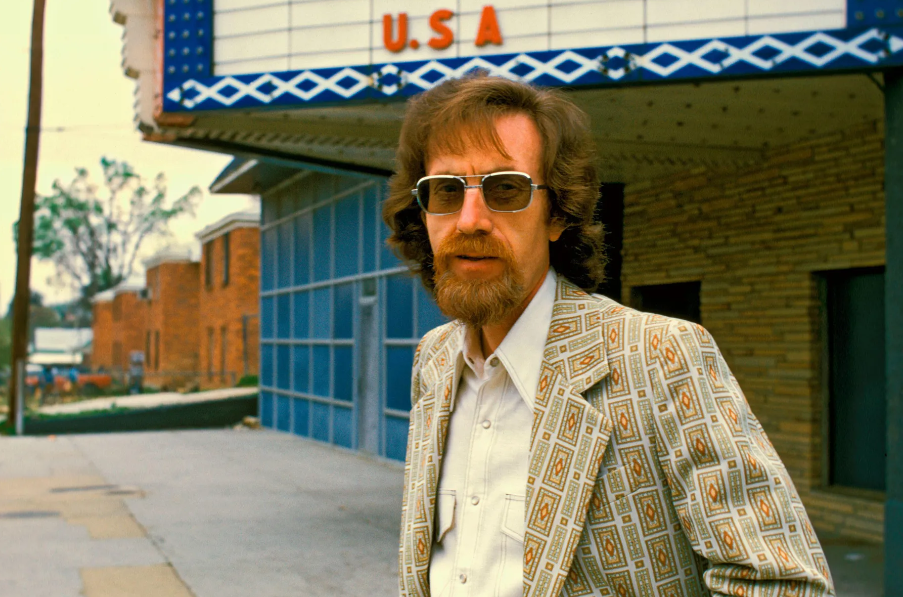As we all learn to live in a Global world and make the transition into the Information Age, the ability to reason is essential. The Ability to Reason is literally, “the use of the cognitive mental powers needed to think, reflect, make decisions, work and apply choice”. It’s now an art-based cognitive skills class. The Ability to Reason Class is currently taught for Court Services in Goodhue County, MN as an innovative approach for early offenders in the Criminal Justice System. After two years, we have an 81% non-recidivism rate. This class has been adapted for use by school Social Workers and Special Ed teachers, plus another adaptation for 12 Steppers in recovery. It is also excellent for parents with pre-teen children in “Surviving Middle School”. The reason this approach is so effective is because it is based on developmental and experiential learning.
Many of the young people we teach are smart, some gifted and yet some learning disabled. No assessment is needed because we all do the art-based lessons together. What they all have in common, however, are similar responses to the questions; “What was the reason for your behavior?” The responses include, “ I don’t know, “I felt like it”, or, “I wasn’t thinking”.
In class we use clay (or Play-doh) and colored pencils (or crayons) as the learning medium. The class is divided into two segments during which these 5 abstract concepts are learned. Three concepts are covered in the first class along with basic information about how our brain works. The second class is a review of the first three concepts and the addition of two new concepts.
To THINK means we have to use our body and brain together. The brain thinks, but doesn’t feel or move. The body can move and feel, but it doesn’t think. Thinking is literally “to use one’s mind rationally in evaluating any given situation; recognizing that situations are always changing”. To think requires paying attention to our environment, evaluating a situation, and deciding our course of action.
To REFLECT means to look back upon something that already happened. This allows us to learn from our mistakes or from our successes, and gives us the ability to think backwards. Thinking backwards teaches the developmental skill of understanding Past, Present, and Future and allows us to learn from experience.
To MAKE DECISIONS means the act of making up one’s mind. This is an action word: Think—then Do. To make decisions we must have options to choose from, or be able to imagine different possibilities and their potential outcomes. When we act only on our emotions; we are not making decisions, we’re re-acting. Imagining different possibilities, and their possible outcomes is the gateway to the cerebral cortex and allows us to expand our horizons, develop new neural pathways; learn self-awareness and self-control.
To WORK is literally the amount of energy one has to put out to do something. It’s important to understand the amount of work, or energy, we need to pursue a dream, interest or goal. We also need to determine how much work we’re willing to put into a goal, and whether we have the skills necessary to achieve that goal. This requires an honest self-assessment. Our future is our own choice, but the bigger the dream or the goal, the more work it will be. Are we ready and willing?
CHOICE is the act of making a selection. We must have a minimum of three options before we truly have choice. When we can see only “one way” to do, experience or think, we are acting with an habitual mindset; one that can turn compulsive, possibly addictive. When it’s “this” or “that”, we’re thinking concretely. We simply go back and forth. True choice must involve a third possibility. The importance of three options is that it evolves us out of that box. Three options can be mixed and matched and literally create other options; just like the three Primary Colors: mix and match to create more.
As long as students have complied with the instructions, created the words and definitions out of clay, and written a simple sentence to define the concept, they have learned the foundation of the Ability to Reason. It is up to students to use free will and make their own decisions. However, decisions can now be based on reason, and not just pure emotion.
Human beings have an incredible capacity to think, plan, create and learn from mistakes, but these are skills that must be taught, developed and used. That is what this class teaches.











